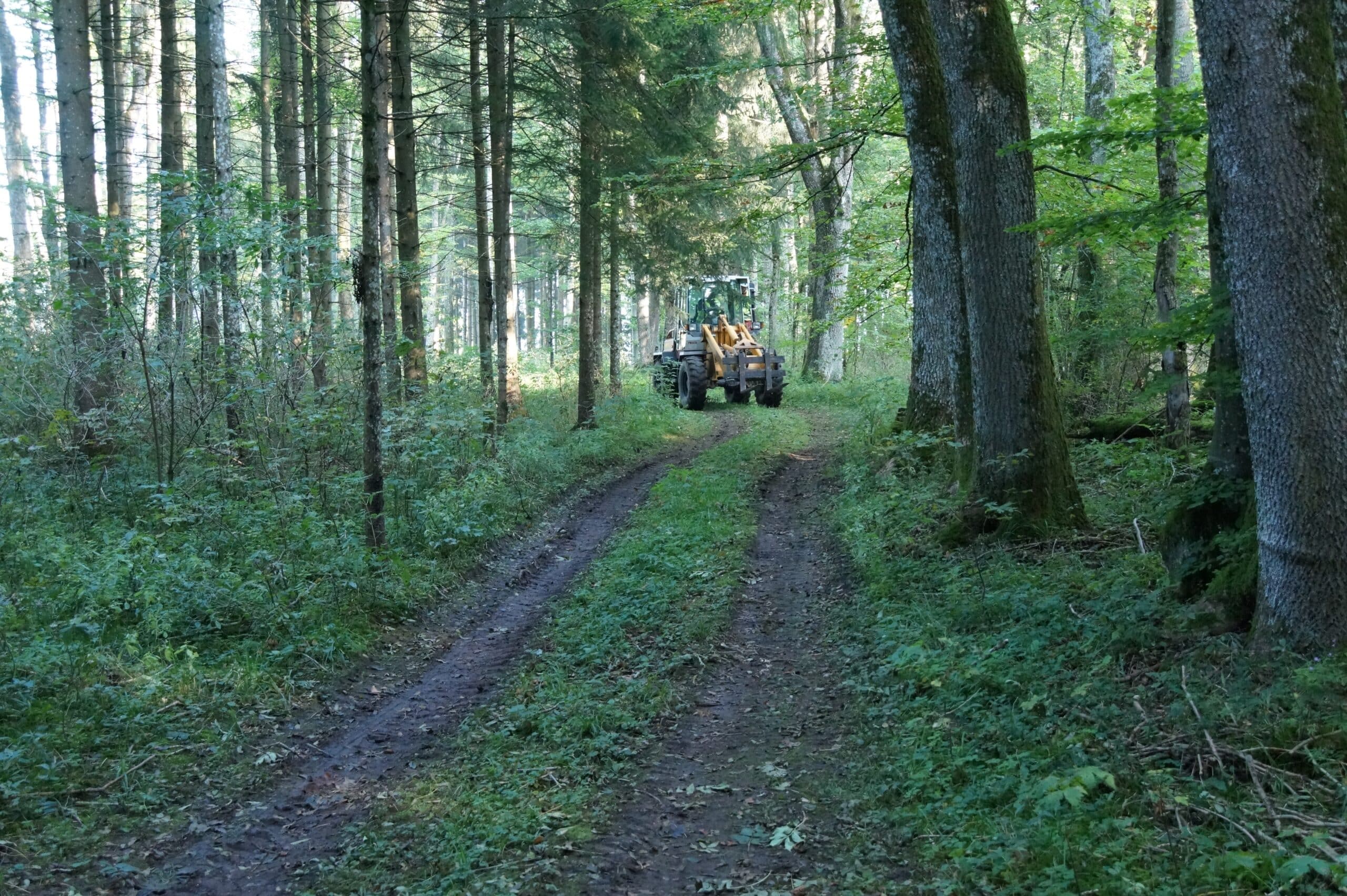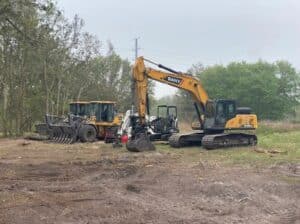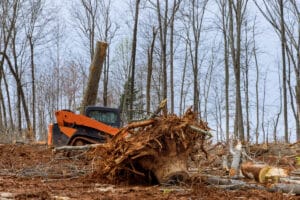Are you building a new structure and need safe and reliable access to the construction site? With right-of-way clearing by WR Land Development, you lay the groundwork for a successful and efficient project. Keep reading to discover everything you should know about this process and why it’s essential for your work.
The Important Role of Clearing the Right-of-Way in Development
A right-of-way is any path shared by people for a common purpose. For example, a public ROW includes a sidewalk where anyone can walk by your home. For construction or development projects, it’s a designated path where equipment can cross, and workers can carry materials to their designated location.
What Tasks Does Clearing High-Traffic Areas Include?
Clearing the ROW can usually include the following tasks, as needed:
- Providing utility access: Utility access clearing is a broad category that involves removing bushes, rocks, and trees from areas near power lines, pipes, drain lines, and other utilities.
- Protecting transmission lines: With transmission line clearing, trees won’t harm power lines, and the power company can reach them to make repairs.
- Creating a pipeline corridor: Pipeline corridor clearing paves the way to lay or access plumbing systems. Removing the vegetation also ensures tree roots won’t damage them.
- Controlling vegetation: Roadway vegetation control ensures that trees and bushes don’t block vehicles or foot traffic and don’t damage sidewalks and streets.
- Maintaining the easement: Easement maintenance includes brush control and other right-of-way clearing practices that allow people with legal access to a property to pass without risk or obstacle.
What Are the Benefits of Establishing the Right-of-Way?
When you clear the right of way, you help keep property owners, utility workers, and contractors safe. When you’re developing land, it ensures that nothing damages your equipment and provides ample access to maneuver the vehicles. It prevents fires caused by trees hitting overhead cables or gas leaks from roots-piercing pipes.
It also helps a construction project stay efficient. By doing the work upfront, you won’t have to stop and clear land, which can significantly delay the project. When a homeowner prevents trees from overhanging sidewalks and driveways, they avert injury, property damage, and the resulting liability issues.
How Landscaping Experts Clear the Right-of-Way
What happens when you need land-clearing experts to maintain your easement or remove vegetation for a building project? They’ll use the following process:
1. Assess the Area and Check Local Regulations
The land-clearing experts inspect the area and determine the best approach. They’ll also check local regulations, which may require you to obtain a permit for the project. They’ll identify challenges or unique issues that could complicate the process, like steep land or flooding.
2. Make a Plan and Prepare the Area
Before starting the right-of-way clearing, the professionals will make a plan and customize their approach. They’ll decide which of the following equipment can complete the job best:
- Skid steers can perform multiple functions when you add attachments, and they can cut grass, grind stumps, and more. Some models can fit into tight spaces.
- Excavators clear more stubborn vegetation, such as large trunks. They can cut and lift without taking time to switch attachments.
- Bulldozers can level or grade terrain, making it safe for people and vehicles to pass. They can also remove large builders with minimal effort.
- Chippers and grinders improve the process by turning the cut vegetation into mulch or chips. This makes removal easier and enables people to recycle the materials.
- Trucks and trailers help transport heavy equipment and remove the waste and debris from the site after cutting and grinding.
3. Remove Obstacles and Vegetation
The bulk of the work consists of removing obstacles like large boulders and vegetation like overgrown grass, large trees, and bushes. While a team can complete some work by hand, modern technology enables them to do it much faster with heavy equipment. They’ll systematically cut down and remove brush in the designated area.
How long does the process take? A standard crew can complete small jobs in about a day, while clearing large areas may take a week or more.
4. Dispose of or Recycle the Waste
After the workers chop and grind all the vegetation, they must decide what to do with the mulch and wood chips. Some property owners like to keep them for their compost pile or landscaping.
However, the company can also carry them away and use them for their own purposes or sell them to people. Either way, the best companies always clean up after themselves.
Schedule Land Clearing With WR Land Development Without Delay
When you need reliable and cost-effective right-of-way clearing, contact WR Land Development. We always respect your time and property and use sustainable methods. Our commitment to safety and exceeding your expectations ensures you can work with us without risk. Contact us or call (407) 993-1439 for a free quote.





